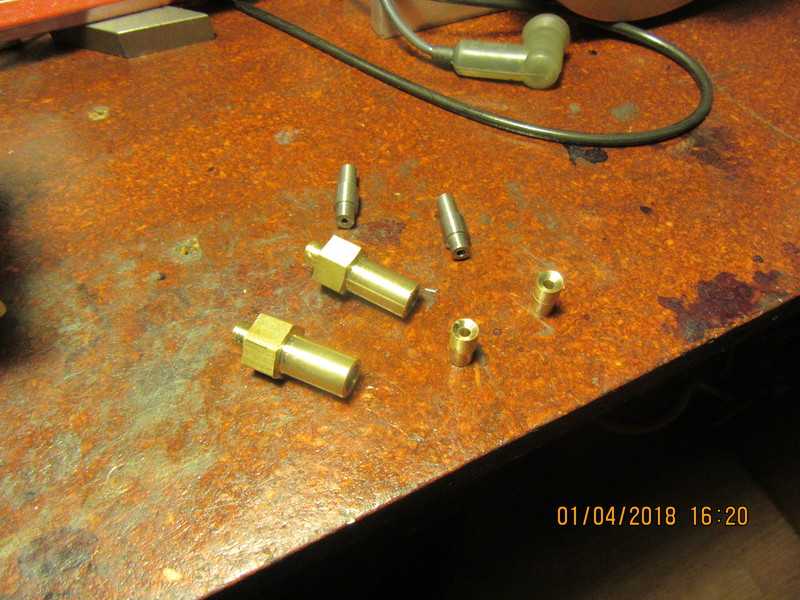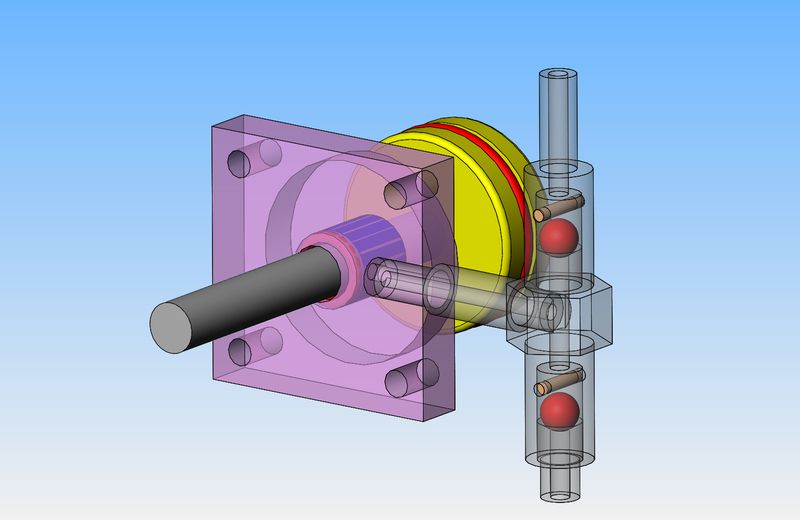vederstein
Must do dumb things....
- Joined
- Feb 26, 2011
- Messages
- 932
- Reaction score
- 776
Brian,
If your willing to wait several weeks, ebay vendors from China sell low cost timing pulleys.
I find it amazing how it's possible to buy something direct from China that's only a few dollars and it costs the buyer nothing to ship. Somebody is subsidizing something.
...Ved.
If your willing to wait several weeks, ebay vendors from China sell low cost timing pulleys.
I find it amazing how it's possible to buy something direct from China that's only a few dollars and it costs the buyer nothing to ship. Somebody is subsidizing something.
...Ved.

































![DreamPlan Home Design and Landscaping Software Free for Windows [PC Download]](https://m.media-amazon.com/images/I/51kvZH2dVLL._SL500_.jpg)















![Learning AutoCAD Civil 3D 2014 [Online Code]](https://m.media-amazon.com/images/I/51F3yi9fokL._SL500_.jpg)















